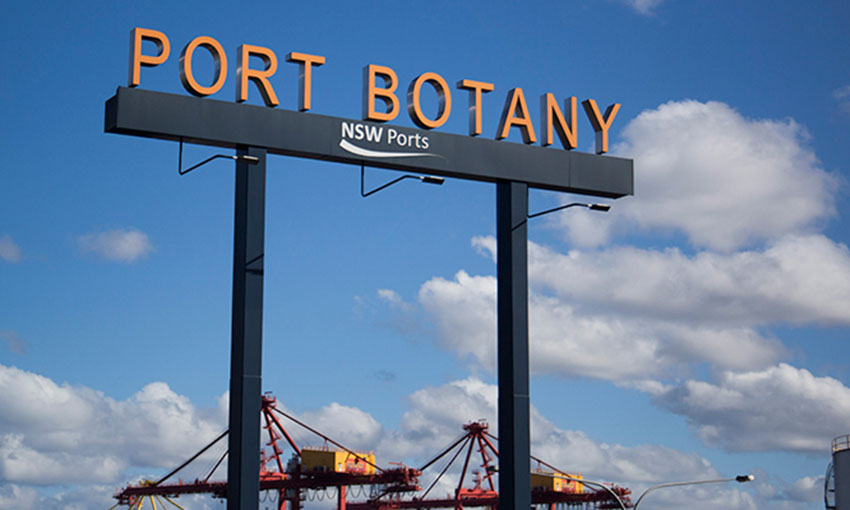TOTAL container throughput at Port Botany in January was up 14.93% on January 2020 to 247,894 TEU.
This increase was largely even between exports and imports. Total exports were up 14.99% to 121,366 TEU, and imports were up 14.93% to 126,528 TEU.
Of the export containers, 68.5%, or 83,124 TEU were empty – this is an increase of nearly 17% on last year. Full exports were also up, but by only 10.9% to 38,242 TEU.
Of the import containers coming into Port Botany in January, hardly any were empty (only 654 TEU), and 125,528 TEU were full.
NSW Ports CEO Marika Calfas said there had been an initial decrease in container imports at the start of the pandemic, but there have been stronger volumes in recent months.
“December 2020 and January 2021 [delivered] the highest container volumes on record at Port Botany,” she said.
“These increases are being fuelled by pandemic buying – with Australian consumers spending money on home renovations and personal shopping rather than on travel and experiences.”
The data confirms what Ms Calfas said, with imports of miscellaneous manufactured articles up almost 30% last month (over January 2020) to 26,119 TEU.
Machinery imports saw an even bigger jump, albeit in smaller numbers; last month 20,962 TEU of machinery imports crossed the wharves at Botany – up 45.26% on the same month last year.
Food, beverages and tobacco imports also increased, by 21.9% to 13,563 TEU; plastic and rubber imports increased by 13% to 12,217; and metals imports rose 34.2% to 9969 TEU.
Despite the increases in throughput, the container trade continues to be impacted by disruptions in the global supply chain, Ms Calfas said.
“High volumes of demand for goods globally, together with COVID-19 impacts on labour availability, have resulted in ships operating at or near capacity; a backlog of containers waiting to be exported out of China; and congestion at many ports around the world including the US, Europe, Asia and New Zealand,” she said.
“This has created delays for vessels and the delivery of goods. International ports are now reporting delays ranging from several weeks to up to a month. By comparison, Australian ports are currently operating well.”
There were 92 container vessel calls at Port Botany in January, just one more than in January last year. But there was an increase in the size of vessels calling at the port. Last month there were 21 vessels with a capacity above 6000 TEU, whereas last year there were 14.
Ms Calfas said vessels continue to arrive at Botany off-schedule due to delays at other ports.
“Ultimately, while Port Botany is well positioned to handle the volume of containers, it will be some time before global shipping schedules return to normal,” she said.
Ms Calfas said there was some improvement in the evacuation of empty containers from Port Botany in December with a load/discharge ratio of 1.04, meaning there were more containers loaded and exported than containers imported. However, in January the ratio dropped to 0.95.
“It’s important that import/export dynamics are managed to achieve a ratio close to one in order to maintain a balanced supply chain,” she said.
“We also understand that both DP World and Hutchison are accepting shipping line requests to load more containers than their contracted volume and Patrick is accepting requests on a case-by-case basis. This is a delicate balancing act as it takes time to load more containers which may have a knock-on effect to subsequent vessels. Positively, this results in containers being exported out of Sydney, assisting in alleviating empty container build up.”
Ms Calfas said NSW Ports is concerned about the continued application of congestion surcharges by shipping lines specifically for Port Botany calls. “Whilst we understand that there continue to be disruptions to shipping lines, it is increasingly being driven by global shipping conditions, including high volume demand,” she said.
“We look forward to such charges being wound back.”

